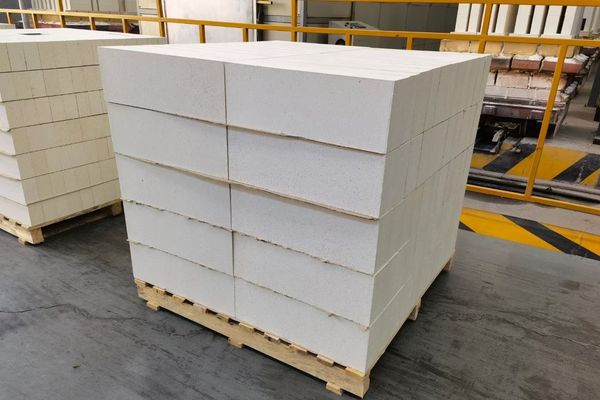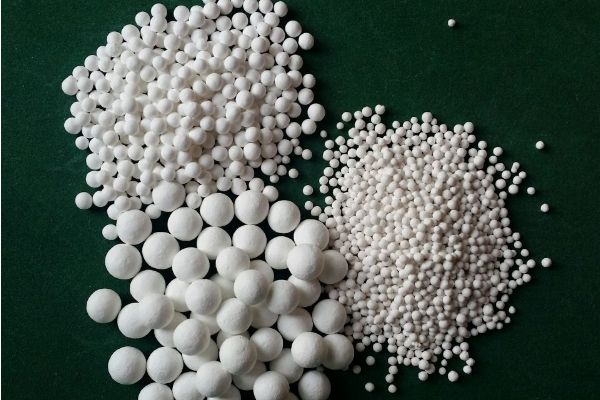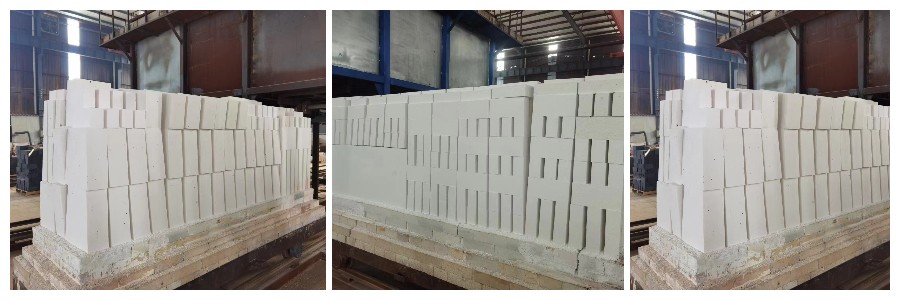The Production Process of Bubble Alumina Brick
Bubble alumina brick, also known as alumina hollow ball brick or alumina lightweight ball brick, is a lightweight, high-temperature refractory material, usually used for heat insulation and thermal insulation applications of high-temperature industrial equipment. This material uses alumina as the main component and is made into a spherical structure through a special production process. The interior is hollow, so it has a low density and good thermal insulation performance.

Production of bubble alumina bricks by electromelting blowing method
Pure oxide is the main raw material, which is melted at high temperatures in an electric arc furnace. When the melt flows out, it is sprayed with high-pressure airflow, and after cooling and solidifying, spherical particles are formed. Alumina hollow spheres are used as aggregates, and alumina powder and binder are added to make alumina hollow sphere bricks. The lightweight refractory insulation bricks made of such hollow spheres can be used for lining of high-temperature furnaces that are in direct contact with flames.
The preparation process of alumina hollow ball

First, the alumina raw material is put into a pouring electric arc furnace and melted into a liquid state. Then tilt the furnace at a certain angle, so that the melt flows out from the pouring trough at a certain speed, and the liquid flow passes through the flat nozzle at an angle of 60°~90° to the stream, and blows the liquid flow away with a high-speed airflow with a pressure of 0.6~0.8MPa, Serve as alumina hollow balls.
Characteristics of alumina bubble alumina brick

Bubble alumina brick is a kind of lightweight neutral thermal insulation refractory material with excellent ultra-high temperature and energy saving. It is made of alumina hollow ball as raw material and sintered at 1680 °C. Alumina hollow ball bricks not only have a small body density, and can optimize the structure to reduce the weight of the furnace body, but also have a low thermal conductivity, which has a good thermal insulation effect. It is mainly used as the lining of high-temperature industrial kilns below 1800 ℃, such as petroleum, chemical industry, electronics, ceramics, refractory materials, and other industries, and plays a pivotal role in various industries.
 Rongsheng Refractories Factory
Rongsheng Refractories Factory
WeChat
Scan the QR Code with wechat